Diversity is Key When Planting Cool-Season Forages During a Drought
The pitter-patter of raindrops on a roof is music to a rancher’s ears. Unfortunately, those moments have been few and far between in 2022. But all is not lost when it comes to growing forage for the winter.
There may still be opportunity to maximize range and pastureland by interseeding cool-season forages, according to Noble Research Institute field plot operations manager Shawn Norton.
“The benefit to planting a mixture of cool-season forages is you’ll be able to carry your animals into the winter without being as dependent on hay,” he says.
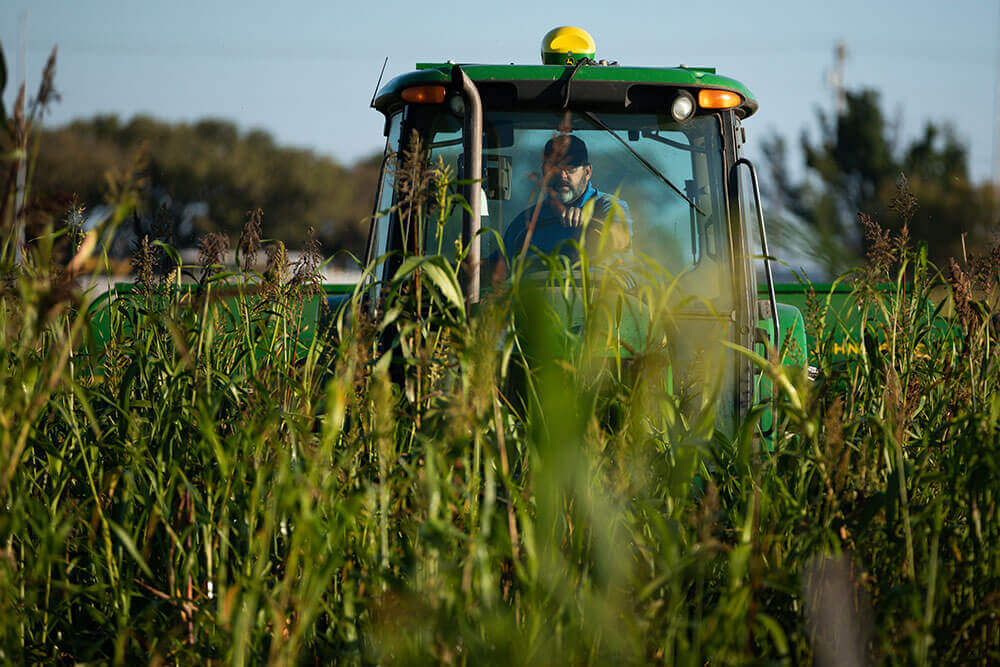
Start by setting forage goals
Whether a business model is geared toward cow/calf, stockers or seedstock, increasing forage availability on the ranch, especially in the winter months, can be a valuable investment. However, just as the ranch structure varies, so do the goals relative to forage production.
Norton says the first step is determining if the goal of planting a cool-season forage is for grazing, stockpiling, to protect from soil erosion during winter storms or a combination of those reasons. Just as importantly, a rancher will need to check the budget and weigh the risk of planting during unpredictable weather patterns.
After careful consideration of these line items, Norton says it is time to embrace the inner student and do some research on what to plant based on the conditions on your ranch. He points to online resources as well as seed companies and extension agents to guide ranchers through selecting appropriate seed for their region, timing, budget and goals.
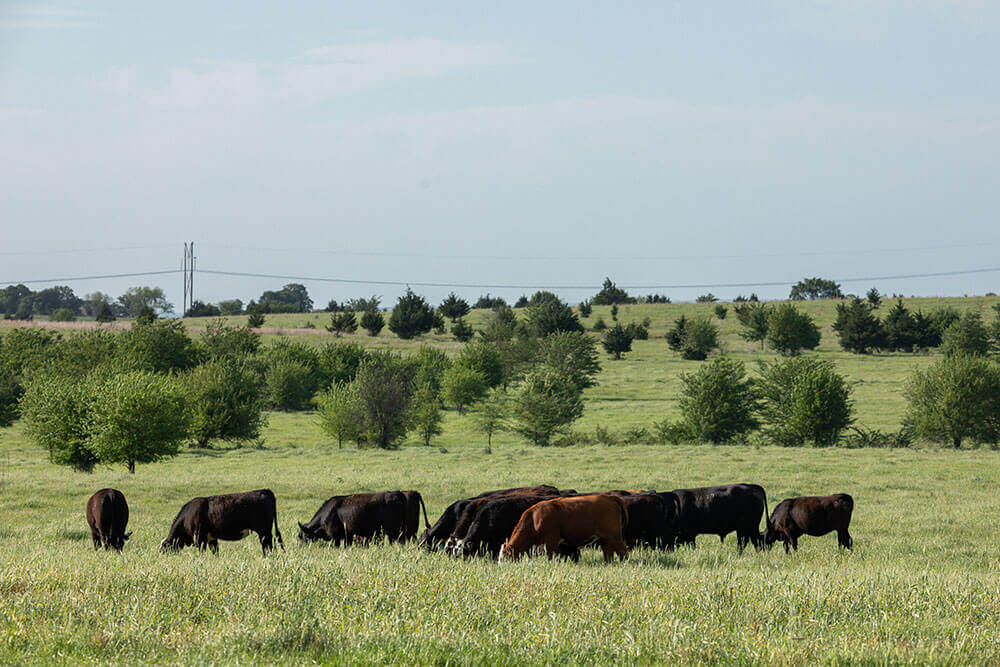
Diverse seed mixes reduce risk
When making seed choices, Norton emphasizes the benefits of seeding to add plant diversity.
“When you identify a multi-species seed mix to increase your diversity, you start to get a synergistic effect underground in the root systems where everything gets a benefit,” he says. By selecting a seed mix as opposed to a single species, ranchers can hedge their risk. While he says this is always a good idea, it is increasingly necessary as drought conditions persist throughout Oklahoma.
“For example, if you’re going into a drought situation, some of your crops may die out,” Norton explains. “But when you have multiple species in there and they’re working together, you might have a better survivability for some forage for your animals in the end.”
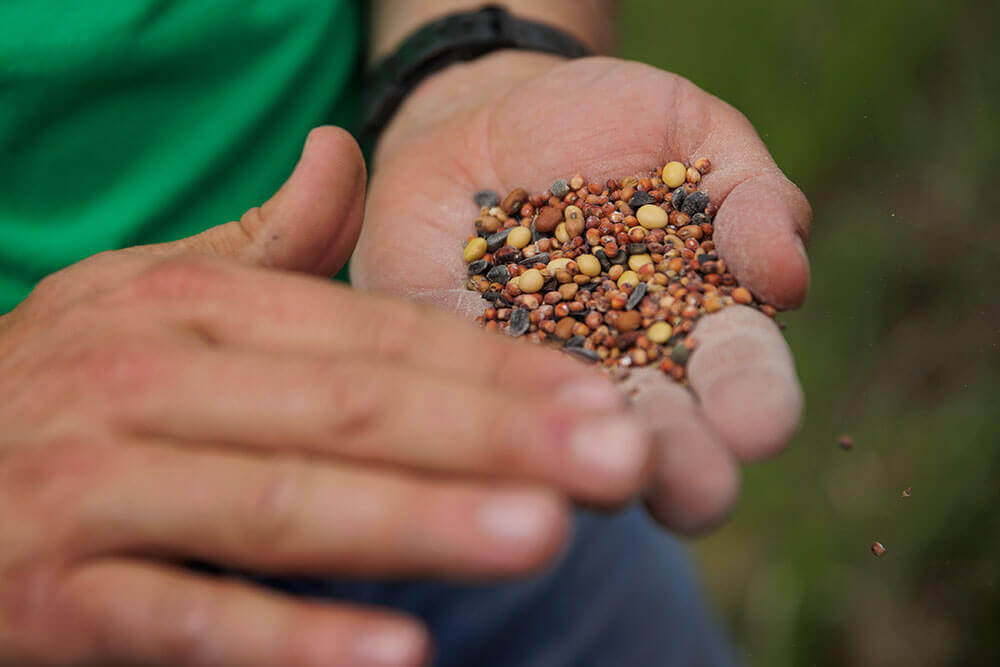
Weather forecasts affect planting date
Anyone who has planted forages or cover crops can attest that timing and planning are important decisions. While Norton notes that early September is the start of fall planting season for Noble Research Institute, he advises producers to remember it is not a hard and fast date. There are many things at play when determining the appropriate time to get seed in the ground.
“You’re not going to grow anything if you don’t have seed in the ground,” he says. “But if I look at the forecast, and they’re giving three months of drought before they’re calling for any rain, I might be tempted to wait until the rain comes or the forecast starts showing very positive chances of moisture before I put seed in the ground.”
Comparing several long-term weather forecasts is crucial. No matter how drought-tolerant a plant may be, it will still need some moisture to become established at the beginning. If there is no rain in the forecast, it may be wise to wait longer than normal to ensure those seeds are given the best shot to germinate and survive to produce high yields later.
“If you’re going to have a whole bunch of money tied up in seed, you don’t want it just sitting out in the soil for the bugs and birds to eat,” he advises.
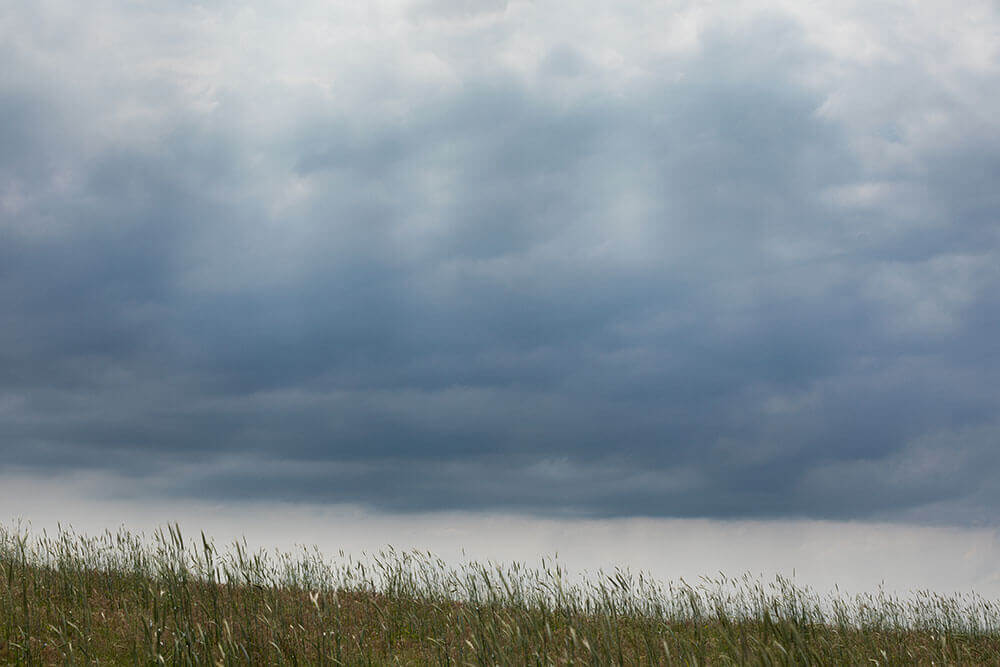
Plan ahead with equipment prep
On the flip side from dry conditions, the rain may come sooner than expected and prompt earlier planting. This is where Norton says planning ahead is especially key.
“Having your equipment in good shape – so when it comes planting time, that’s all you have to worry about – is very important,” he says. He specifically points to ensuring the drill is calibrated for the seed mix. Because of drought conditions, the seed mix used this year may be different than last and require different drill settings.
No matter what is going on at the ranch, Norton says having a plan in place and everything prepared on the front end will bode well. Nothing causes more frustration than an equipment malfunction at the moment seed needs to go in the ground.
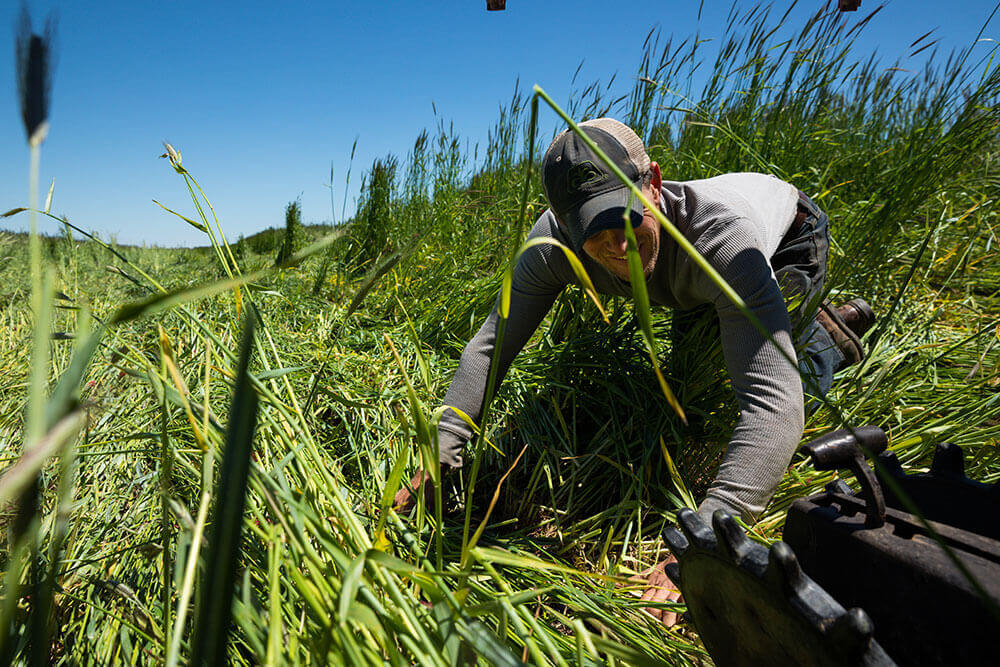
Read more about how the Hemme Brothers’ diversified their cover crops »
Skip tillage for soil health
Norton and the Noble Ranch management place a high emphasis on enhancing soil health at every turn. A common misconception he has seen play out over his 20-year career in agriculture is the need to plow or cultivate before planting. It was thought for many years plowing or other tillage prepared the soil by making it easier for moisture to travel deeper, and therefore, increase the survivability of new plant growth.
In fact, it is quite the opposite, he says. By plowing, the soil is exposed to the elements, and the moisture it was retaining evaporates at a faster rate. Norton advises a no-till strategy to help retain all the moisture possible.
“By plowing, you opened up the soil and exposed it, so you immediately start losing your vital moisture when you may be at a deficit already,” he says. “Anytime you can prevent disturbing the soil and keeping a layer of residue on the soil surface, you can plant into that later and have a better outcome.”
In addition, he says ranchers may consider planting mixes that include crops with a good tap root, like turnips or radishes, to help get water deeper into the soil and improve soil tilth.
“They can help reduce compaction and open up pathways down into the soil for water and plant roots to get into the soil deeper,” he explains. “So, you’re capturing all that water versus it going to the side of the field and in the ditch.”
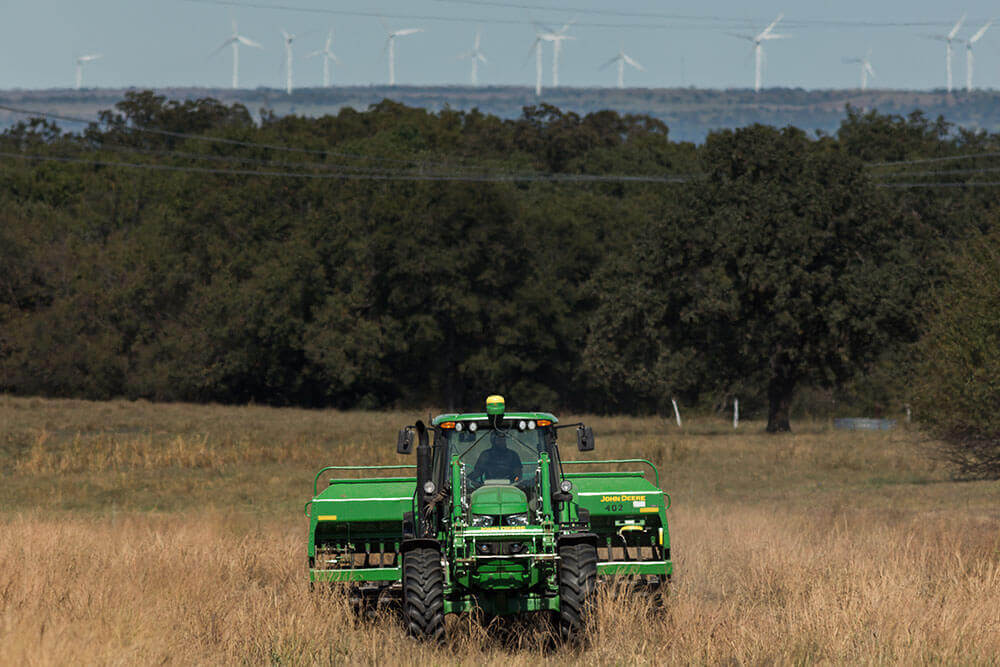
Long-term benefits
While a ranch may have used synthetic fertilizer to feed pastures in the past, it may be the better choice to incorporate a cover crop and rely on grazing livestock to act as a fertilizer spreader. And using a no-till drill for interseeding helps retain natural soil residue in addition to moisture needed this season and beyond.
“You may not see the positive benefit this year, but every year multispecies mixes are planted there will be more plant residue protecting the soil surface, creating pathways for moisture to get down deeper than it normally does,” he concludes. “And all the decomposing roots and plant material are going to help with infiltration and reduce soil loss and water runoff — which is especially important during dry seasons.”


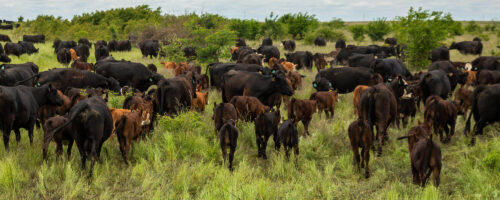
Comment